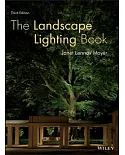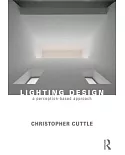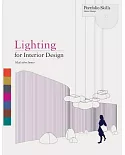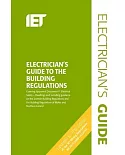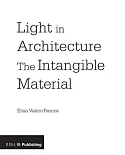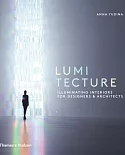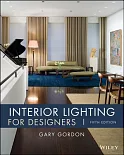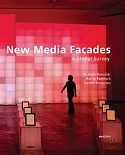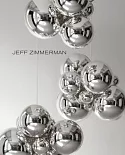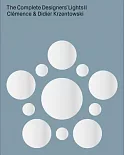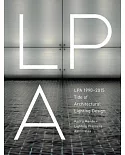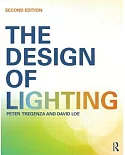Recently a renewed emphasis on the benefits of proper use of natural light has focused the attention on the need to define a new paradigm, to properly assess the variability of the amount light
that can be used not only to enhance the presence of natural light as a instrument to outline expressively the indoor space, but also to reduce the demand for electricity and thermal energy
consumption in buildings.This title deals with the many advantages associated to the use of natural light, comparing architectural experiences, technological devices and calculation methods. It
explores the spatial qualities of built environments through the use of natural light, involving energy saving strategies and visual comfort definition, although in current architectural
practice, daylight is a deeply underexploited natural resource. A proper natural lighting system, tailored to the requirements of architectural form and customized to occupants functional
desires is an essential support to modern climate control policies, as well as to energy-saving measures and in reducing thermal loads. An in-depth investigation on the different methods of
assessment natural light highlights deficiencies and inaccuracies, showing the need to define a new calculation procedure that merges purely qualitative assessment with the new dynamic
approach, involving users’ preferences.Primarily intended for architects and designers, this book provides an introduction to the types of problems encountered and current available solutions
to enhance and to convey the right dose of daylight inside the buildings, with a deep attention to energy saving strategies and to indoor visual comfort. Written for practitioners whose work is
related to design and retrofit actions, the book will also be of interest to postgraduate students and lecturers dealing with indoor design optimization and energy saving issues.






